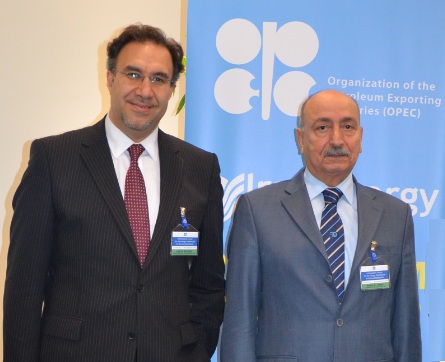
- Introduction
This paper discusses the complex relationship between growth and poverty defined as lack of income sufficient to allow a person and/or family to enjoy a minimal standard of living, or to satisfy socially defined basic needs.[1] For that purpose, it embraces a definition for pro-poor growth that regards inequality reduction as a fundamental component of any growth strategy that aims at achieving unfailingly meaningful reductions in poverty.
In section 2, the paper discusses what it regards as the appropriate definition of pro-poor growth and then presents theoretical justification and supporting empirical evidence for the definition it endorses. It asserts, in this section, that any robust strategy for pro-poor growth has to ensure: a) that growth does take place and that it is self-sustaining and balanced; and b) that it does flow down to the poor in tangible improvements in their incomes and living conditions. Thereafter, the paper focuses on elaborating a broad outline of viable road map for the realisation of these two binding constituents of a pro-poor growth strategy: growth and inequality reduction, i.e. re-distribution. It spells out, first, the requirements for triggering growth and for warranting that it is self-sustaining and balanced. Then, it moves on to elucidate the re-distribution channels that lead to the decline in poverty rates through: a) improving the returns to the assets of the poor; b) enlarging the asset base of the poor, c) expanding the returns to the produce of the poor, d) upgrading the economic and social conditions at the locations where the poor live, and e) expanding inclusion of the excluded and bolstering protection of the vulnerable. The paper is then finally concluded with a number of closing remarks.
[1] World Bank, World Development Report 1990, Oxford University Press, New York, 1990, p.26; and Kakwani, Nanak. “What is Poverty?” United Nations Development Programme International Poverty Centre, September, 2006 Number 22
To continue reading please download PDF file. Click on the following link
Hatim_Poverty Reduction and Pro-poor Growth_final September 2017







Comment here